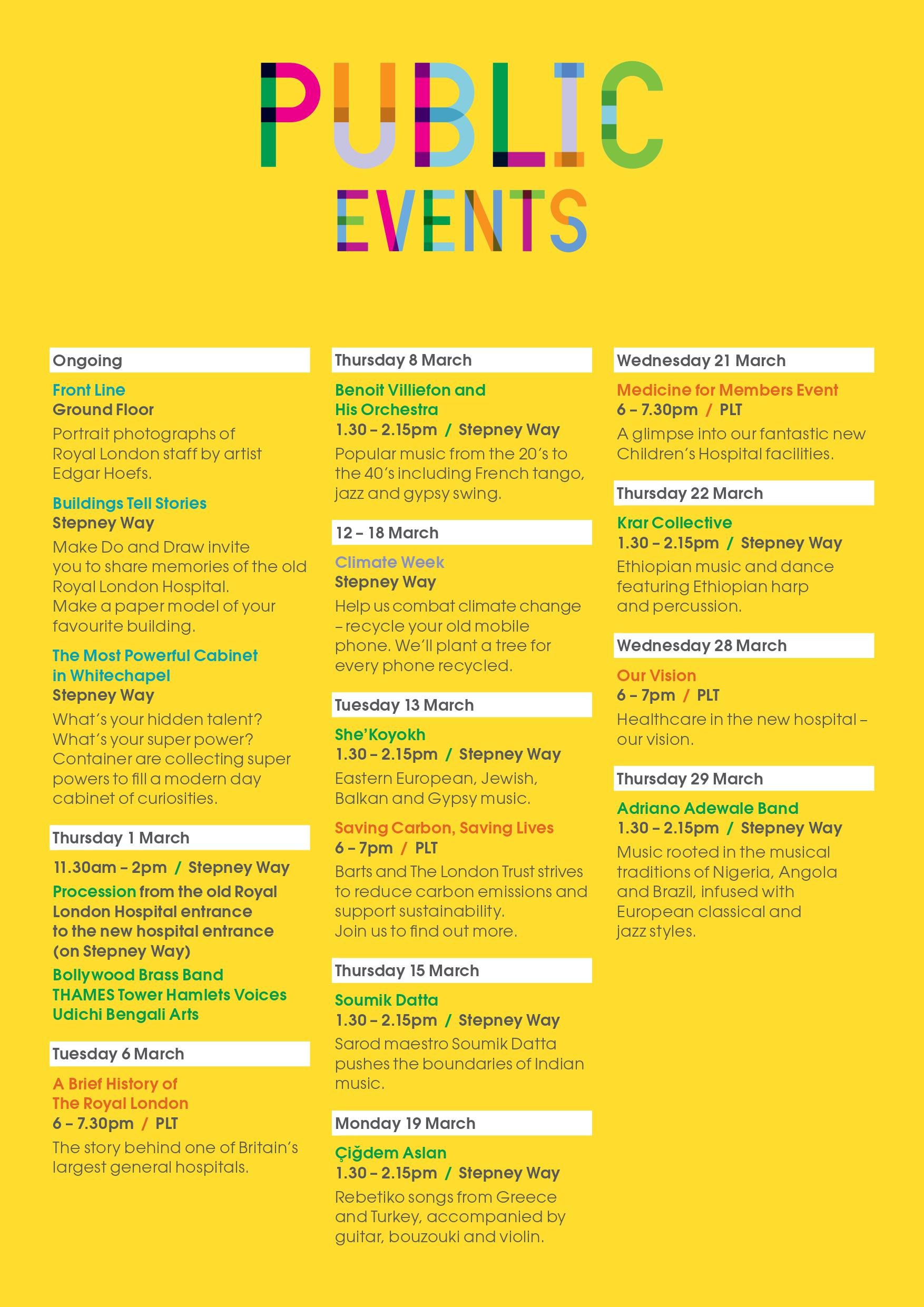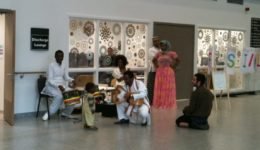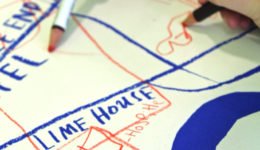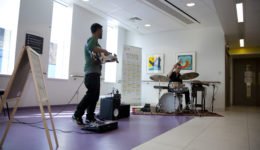Vital Arts Festival 2012
31 days of performance, art, poetry and music transformed the new Royal London Hospital as part of a special festival to commemorate its official opening from 1 March 2012. Vital Arts Festival culminates the end of the 12-week move in when more than 3,000 staff and patients make their new home in the 17 storey, world-class building.
Barts and The London NHS Trust Chief Operating Officer Toby Lewis said the milestone was cause for celebration given it’s the first time the Royal London Hospital has a new home in 250 years. He said: “We want to showcase the hospital for the very people it’s been built for so all East London locals are invited to visit and take part in this exciting assortment of free events throughout March. Since the new hospital’s construction began in 2006, many locals have wondered what’s inside the big blue Whitechapel skyscraper, and now is the perfect time to find out!”
A choir performance with 120 school children from 14 local schools – many of whom were born at the old Royal London – kicked off the festival at lunchtime on Thursday 1 March. Along with a performance from members of the London Symphony Orchestra, cultures from around the world will be represented with music and dance from Argentina, India, Ethiopia, Turkey and the Middle East throughout the month. Other highlights include a groundbreaking sound installation created by the award-winning natural recordist Chris Watson that will feature natural noises from countries across the world. The official London 2012 Olympic poet-in-residence Lemn Sissay hosted workshops to help patients create poems that will become permanent wall designs, and were performed in waiting areas throughout the March festivities. Edgar Hoefs also exhibited staff photographs taken over his six-month Artist-in-residency in a special gallery space. Interactive art installations, live theatre shows and puppet making workshops will also be held for children.
Vital Arts project manager Rachel Louis said: “Hospitals can be very anxious and emotional places so art, music and poetry are often used to help transform clinical areas into warmer, more welcoming spaces. Research consistently shows that art, music and poetry can positively distract patients and actually speed up their recovery process and we are looking forward to sharing this very special programme in March.”









